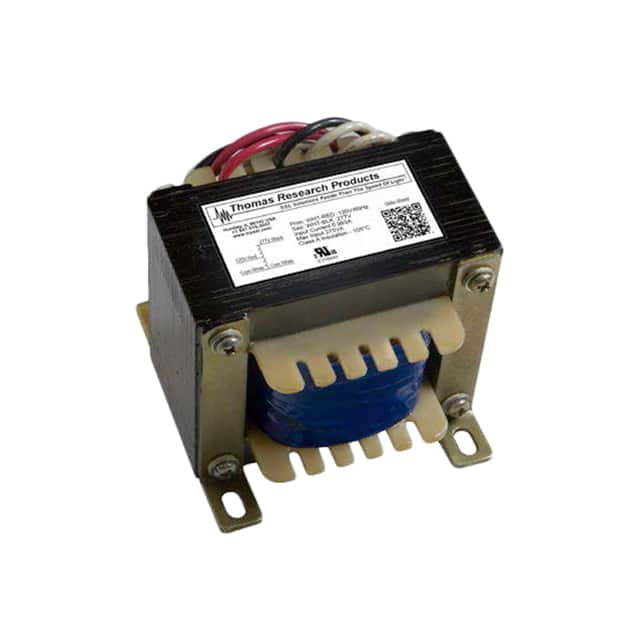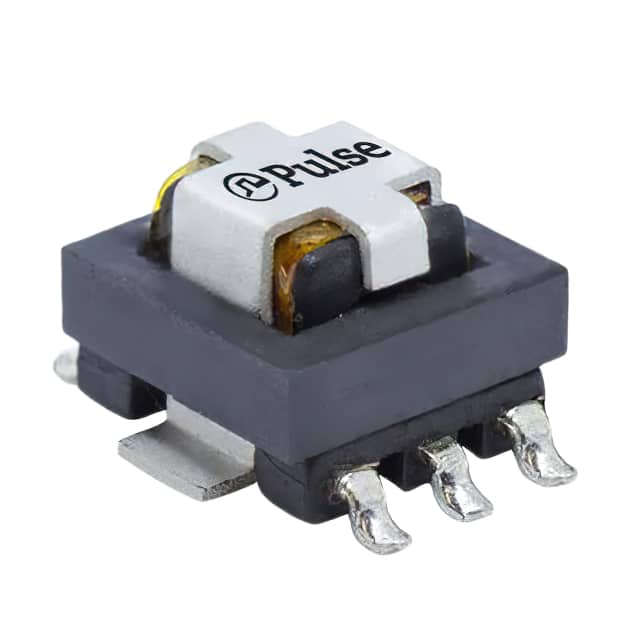Ⅰ. Transformers
Ⅱ. Physical Characteristics of Transformers
Ⅲ. Electrical Characteristics of Transformers
Transformers are electrical devices that are used to transfer electrical energy from one circuit to another through electromagnetic induction. They are used to either increase or decrease the voltage and current levels of an AC power supply. This is achieved by using two coils of wire wound around a magnetic core.

The coil that is connected to the power source is called the primary coil, and the coil that is connected to the load is called the secondary coil. When an AC current flows through the primary coil, it creates a magnetic field around the coil, which in turn induces a voltage in the secondary coil. The voltage induced in the secondary coil is proportional to the ratio of the number of turns in the secondary coil to the number of turns in the primary coil.
Transformers are commonly used in electrical power distribution systems to step up or step down the voltage levels of AC power. They are also used in electronic circuits to isolate circuits from each other, match impedances, and provide DC isolation.
Transformers are available in different sizes and types, depending on their intended use. The size of a transformer is typically determined by the amount of power it can handle, which is measured in units of volt-amperes (VA) or kilovolt-amperes (kVA). The type of transformer is determined by its construction and intended use, and can include step-up, step-down, isolation, autotransformer, and toroidal transformers, among others.
Physical Characteristics of Transformers
The physical characteristics of transformers can vary depending on their type, size, and intended use. However, some common physical characteristics of transformers include:
1.Core material: The magnetic core of a transformer is typically made of a soft magnetic material, such as laminated silicon steel or ferrite.
2.Coil windings: Transformers consist of two or more coils of wire wound around the magnetic core. The number of turns in each coil and the wire gauge can affect the voltage and current characteristics of the transformer.
3.Enclosure: Transformers may be enclosed in a protective case or housing, which can provide mechanical protection, thermal insulation, and electrical isolation.
4.Cooling: Large transformers may be equipped with cooling systems, such as fans or liquid-cooled heat exchangers, to dissipate heat generated by the transformer.
5.Size and weight: The physical size and weight of transformers can vary greatly depending on their power rating and application. Large power transformers used in electrical distribution systems can weigh several tons and take up significant space, while smaller transformers used in electronics may be much smaller and lighter.
6.Terminals: Transformers typically have terminals for connecting to the power source and load. The type and number of terminals can vary depending on the transformer's intended use.
The physical characteristics of transformers are important for ensuring their performance, reliability, and safety. Manufacturers must carefully design transformers to meet specific requirements, such as power rating, voltage and current levels, and environmental conditions, while also ensuring compliance with relevant safety standards and regulations.

Electrical Characteristics of Transformers
The electrical characteristics of transformers describe how they function and perform in transferring electrical energy from one circuit to another. Some common electrical characteristics of transformers include:
1.Turns ratio: The turns ratio is the ratio of the number of turns in the secondary winding to the number of turns in the primary winding. It determines the amount of voltage transformation that occurs between the primary and secondary circuits.
2.Impedance matching: Transformers can be used to match the impedance of a load to the output impedance of an amplifier or other source. This is important for maximizing power transfer and preventing signal distortion.
3.Efficiency: The efficiency of a transformer is the ratio of output power to input power, expressed as a percentage. Transformers are designed to operate with high efficiency to minimize power losses and heat generation.
4.Leakage inductance: Transformers have a certain amount of leakage inductance, which is the inductance associated with the flux that does not link the primary and secondary windings. High levels of leakage inductance can cause voltage spikes and other undesirable effects.
5.Insulation: Transformers must be designed with adequate insulation to prevent arcing and breakdown of the insulation between the windings or between the windings and the core.
6.Frequency response: The frequency response of a transformer describes how its impedance and other characteristics vary with frequency. Transformers may have limited bandwidth and be designed for specific frequency ranges.
7.Voltage regulation: Transformers can be designed with different levels of voltage regulation, which is the ability to maintain a constant output voltage even with varying input voltage or load conditions.
The electrical characteristics of transformers are critical for ensuring their performance and suitability for a given application. Designers must carefully consider these characteristics when selecting and designing transformers to ensure they meet specific requirements and standards.
标签:Transformers



